Restoring ecosystem services in the Peruvian Andes
IFAD Asset Request Portlet
Asset Publisher
Restoring ecosystem services in the Peruvian Andes
Estimated reading time: 3 minutesIn the high Andes of Peru, rural farmers are becoming sustainable stewards of the ecosystems on which they depend – bolstering the region’s water security and their own livelihoods. IFAD is supporting these rural farmers the Conservation and Sustainable Use of High-Andean Ecosystems project, through compensation of environmental services for rural poverty alleviation and social inclusion.
The campesinos, as they’re known, carve out their living at high altitudes, competing with the harsh sun and the seasonal (and increasingly variable) rainfall, snow, and extreme cold.
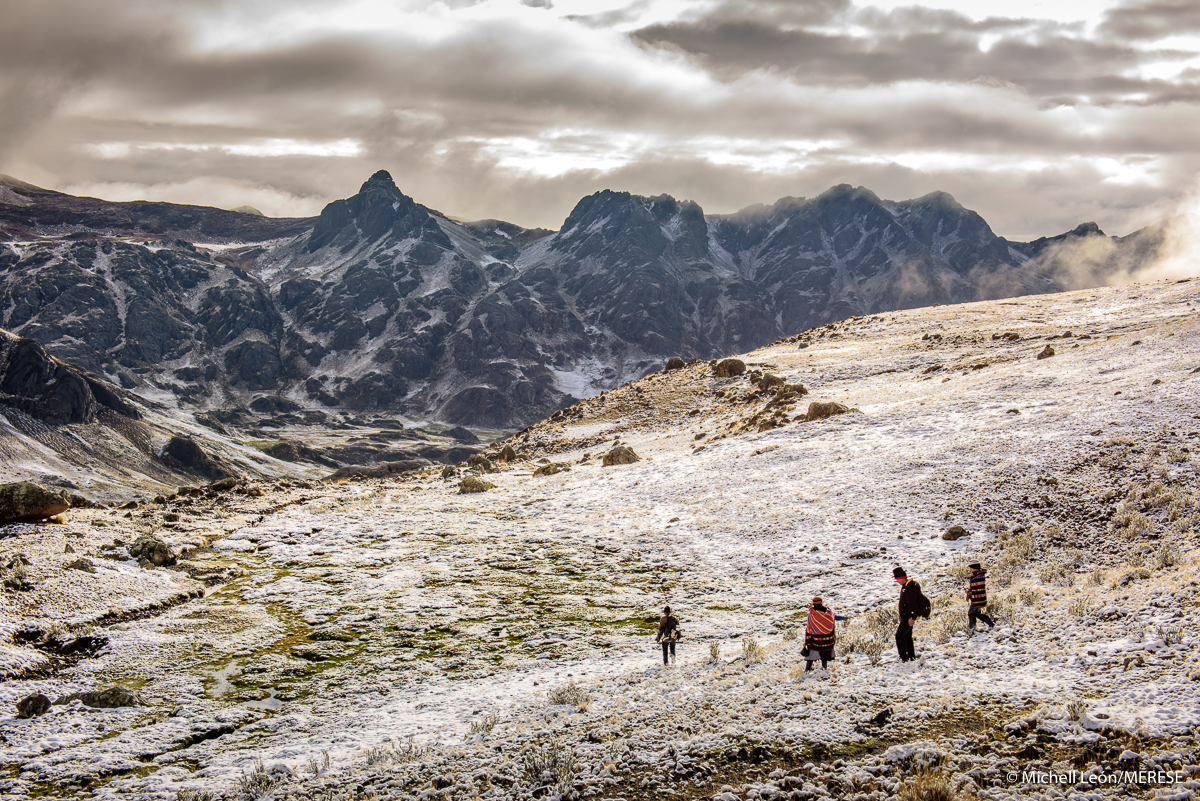
Ninety per cent of the occupants of the Cañete and Jequetepeque river basins rely on these bodies of water, the surrounding courses and wetlands, and the native grasslands for cultivating vegetables (potato, wheat, pea, maize, ulluco, and oca) and tending livestock.
In these regions, the levels of extreme poverty are high. There are also around 10,000 hectares of degraded ecosystems across Cañete and Jequetepeque, meaning the river basins’ ability to provide ecosystem services – in particular, a consistent water supply throughout the year – is severely curtailed. They thus rank high on the Peruvian Government’s environmental agenda.
“What we would like for the future is to maintain the number of lakes and water bodies that exist in the area,” says Luis López of the Asociación de Productores Agropecuarios ABC. “And the only way to achieve this is by doing reforestation and conservation actions, which will contribute to the sustainability and development of our community.”
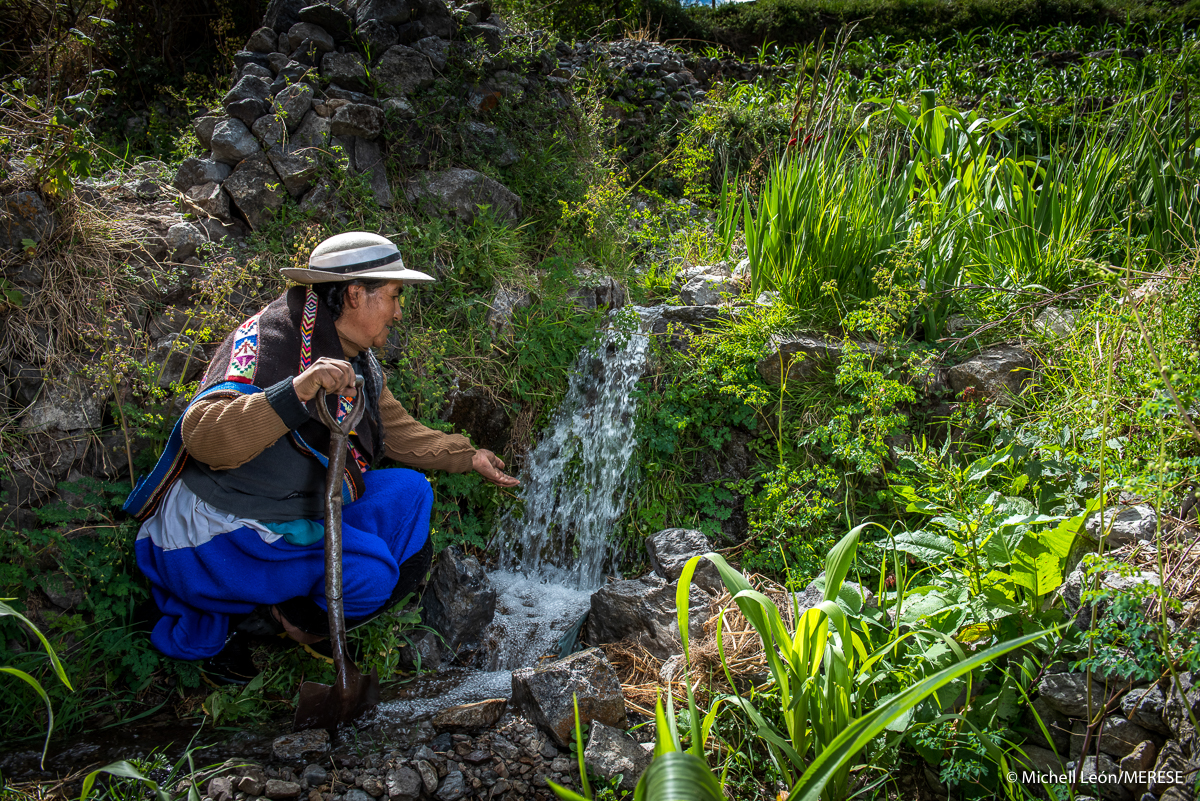
IFAD has invested US$1.6 million to work with community groups as they restore and conserve nearly 15,000 hectares of native forest, grasslands and high Andean wetland habitats. Their actions will include reforestation with native species, fencing and sustainable use of grasslands, and installation of barriers throughout the wetlands.
Through Compensation for Ecosystem Services systems, known in Peru as MERESE, downstream users of ecosystem services remunerate the upstream rural populations who maintain them. This system promotes continued efforts to sustainably manage local ecosystems, including the adoption of conservation and restoration practices beyond those undertaken on behalf of the project.
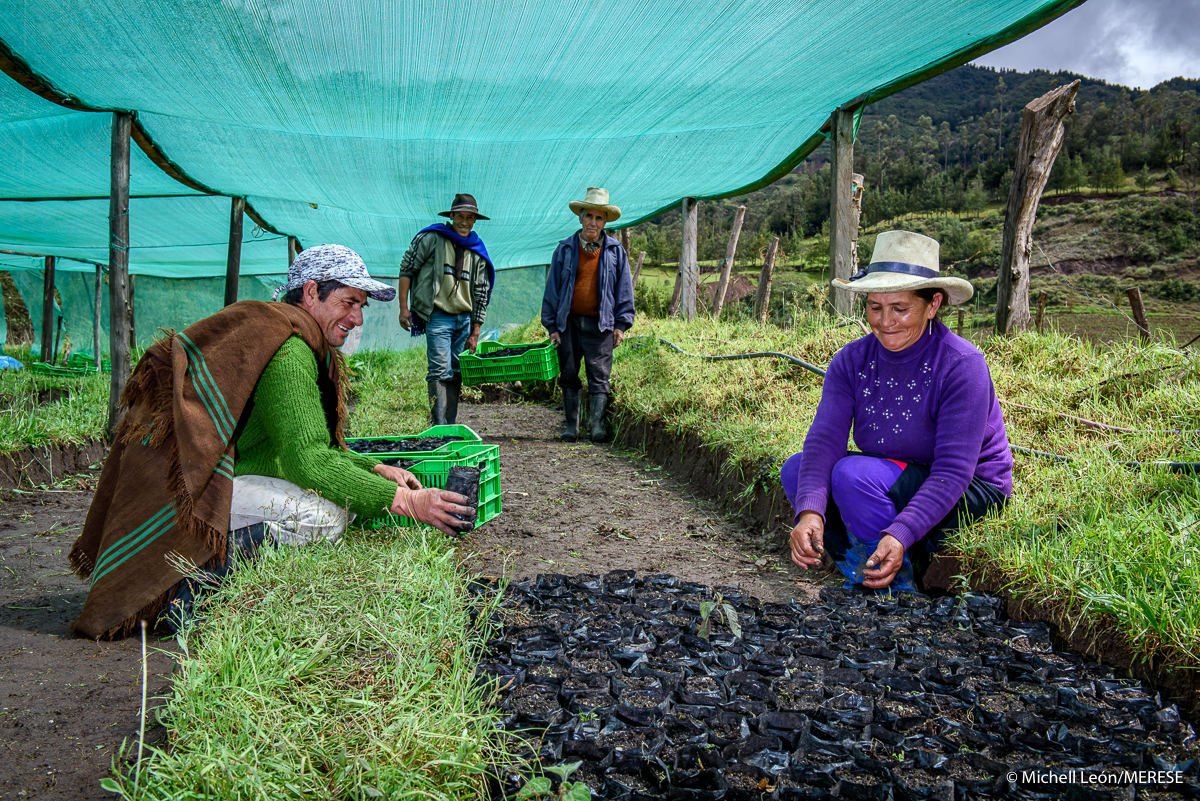
Communal groups from both river basins have strengthened their capacities to make proposals and implement actions for the restoration, conservation, and sustainable use of local ecosystems. This makes these groups better prepared to develop activities that will not only enhance their livelihoods, but also increase their incomes. When the health of the ecosystems they rely on improves, their productivity improves as well.
“By having enhanced the pastures, which we use to feed our cows, they have improved their milk production, so now we have more money obtained from the sale of milk,” says Zela Guevara of the Asociación de Productores Agropecuarios El Ingenio del Perú, a communal group from Jequetepeque.
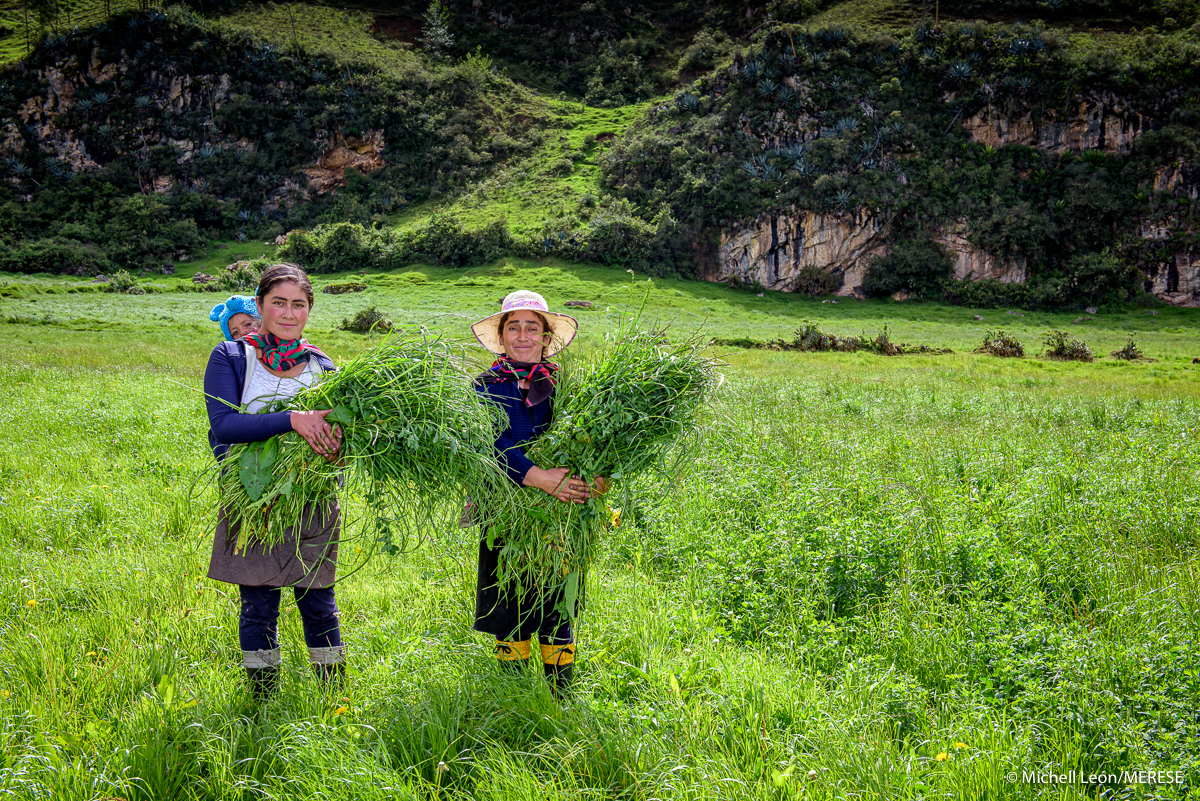
We need to see natural infrastructure as the main activity for the development of our country,” says Gabriel Quijandría, Peru’s Minister for Environment. “Specifically, investing in natural infrastructure will allow us to ensure water sustainability. We firmly believe that water security is achievable only with adequate natural resources management that values water use and its relationship with the economy and ensures everyone's access to this valuable resource.”
As a legacy, the project is leaving a US$2 million fund to assure the continued operation, maintenance, follow-up and monitoring of restoration and conservation efforts.
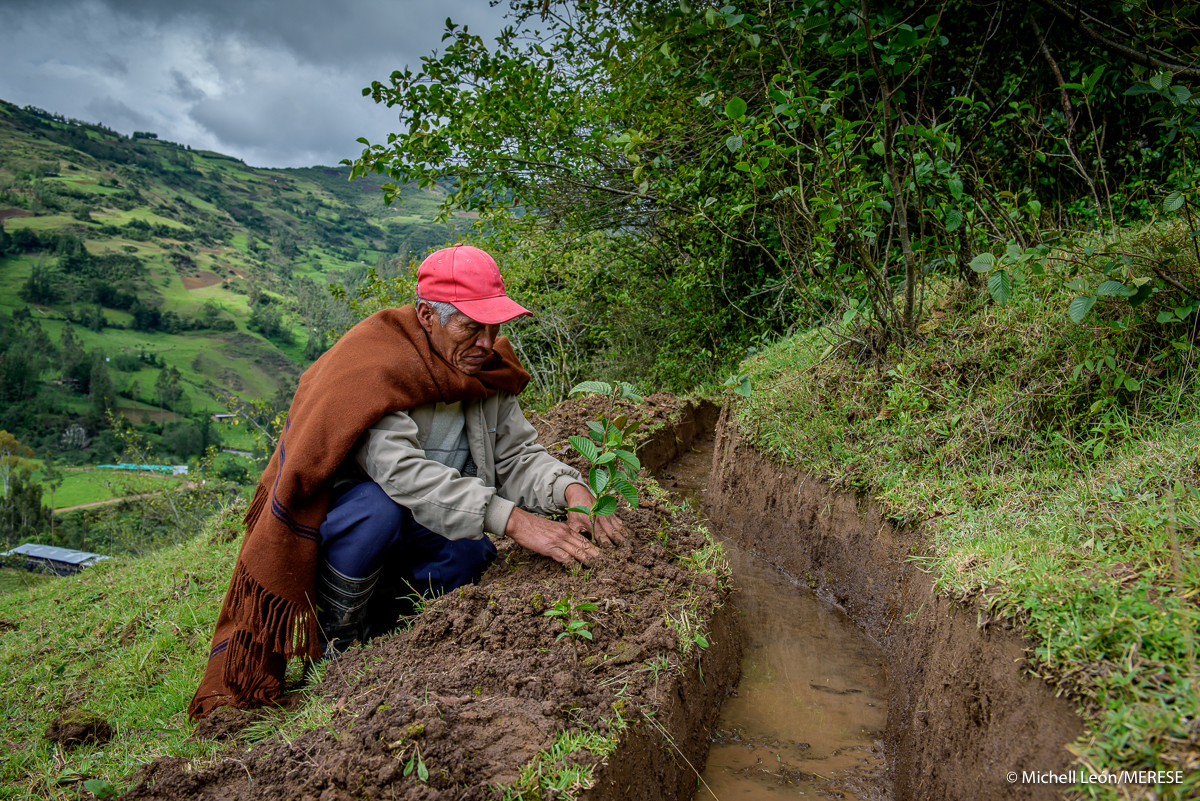
Publication date: 17 May 2021